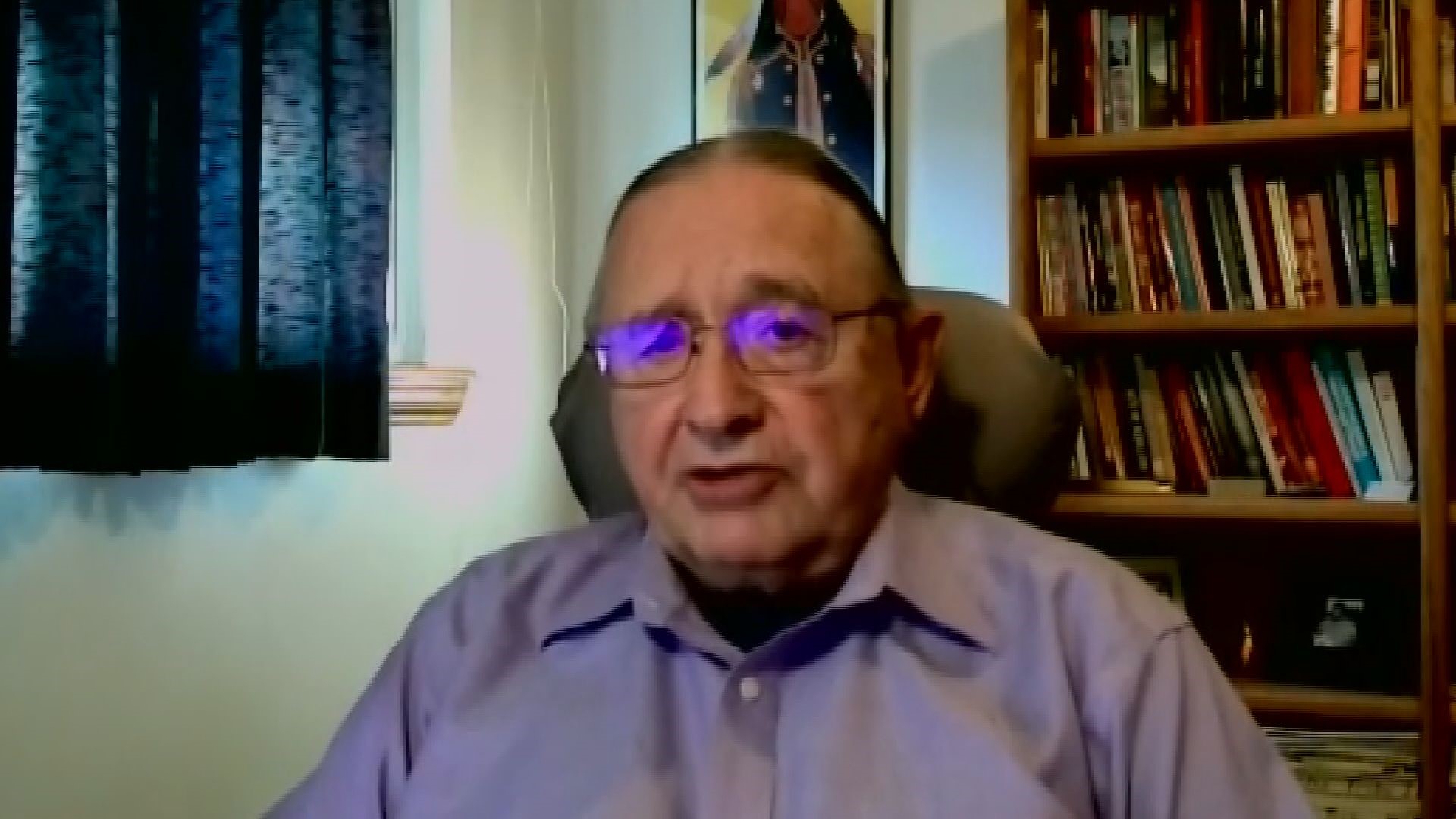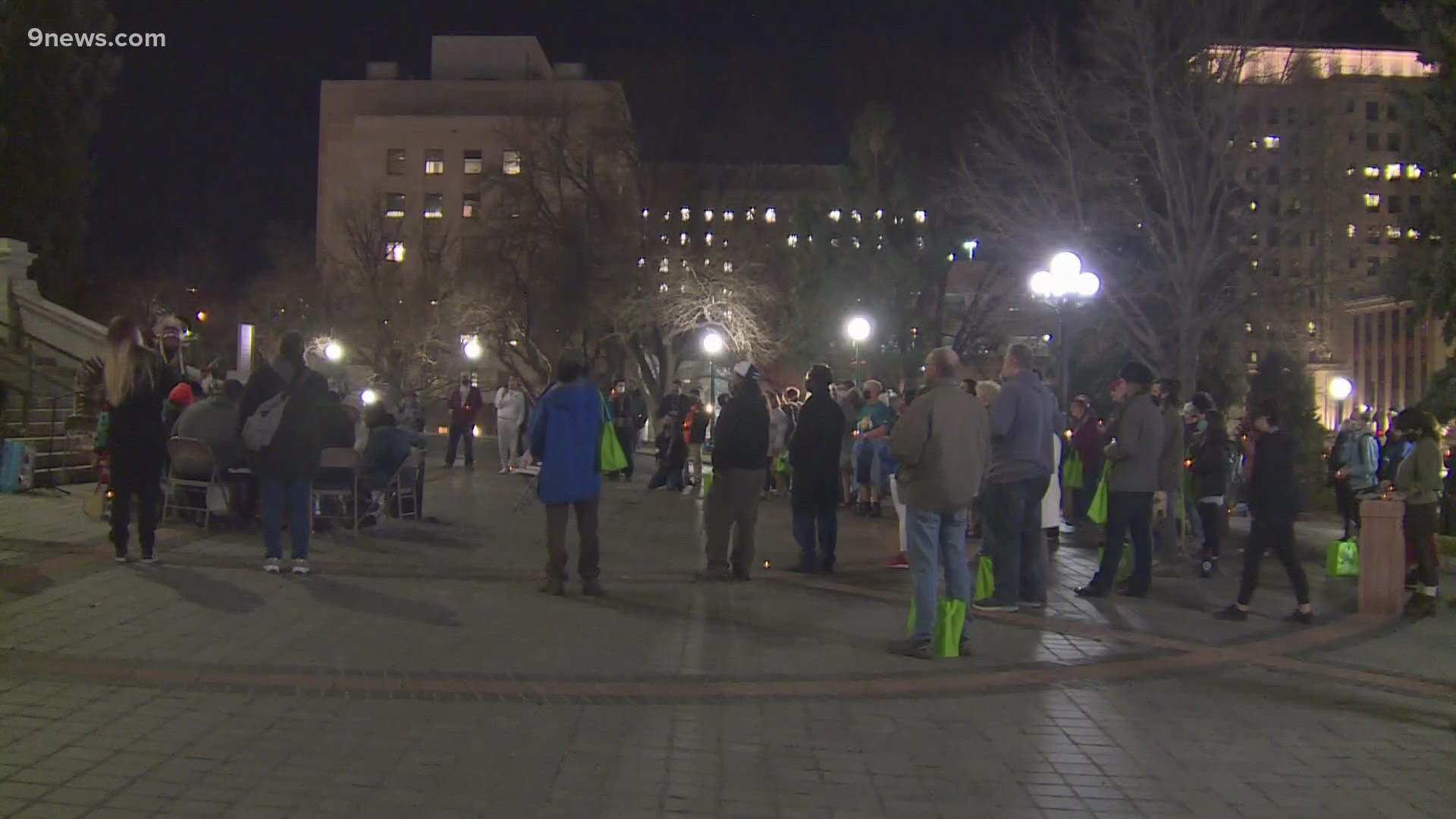EADS, Colo. — Renee Millard-Chacon takes the time to educate her two sons about their Indigenous history, especially because it is not taught in their schools.
"My children are also Navy brats," Millard-Chacon said. "We’ve traveled all over the United States as well, and people do not teach historical accuracies about Indigenous communities."
She considers every Nov. 29 a day of mourning for indigenous communities. On this date 157 years ago, the U.S. Army attacked a village of roughly 750 Cheyenne and Arapaho Natives. Those killed were mostly women, children, and elders.
"It felt [like] my duty--for [my kids] to understand not the burdens of their ancestors, but to live with honor of their ancestors so that they’re not erased," Millard-Chacon said.
The mother of two is passionate about educating all communities about Indigenous culture, traditions, history, and modern issues through her organization Wxmen from the Mountain. Not talking about this part of Colorado's history contributes to its erasure, she said.
The Sand Creek Massacre teachings recently made their way into college and graduate-level courses in Colorado, according to Dr. Tink Tinker. Tinker is a professor of American Indian Cultures and Religious Traditions at the Iliff School of Theology in Denver.
"It’s ignored because that’s not part of the 'American romance' to remember that it was a murder of peaceful people, women children, old people," Tinker said. "The history involved is incredibly complex and incredibly important that, in fact, all people have to deal with it if we’re gonna live together in North America today."
RELATED: The meaning of a name: Board considers changing names of Colorado landmarks with racist ties
"The Sand Creek Massacre is important to remember because it is an integral part of United States and Colorado history," the Denver Indian Center said in a statement Monday. "November 29th is a day of solemn remembrance, not only for the wanton loss of lives of innocent Cheyenne and Arapaho relatives who only wanted to live peacefully on their homeland, but also to remind all Americans that we must learn from the negative parts of our past if we are not to repeat it. We must all do better."
Monday night, the Denver Public Library hosted a candlelight vigil to commemorate the 157th year since the massacre.
Naghem Swade, Cultural Inclusivity Services Coordinator for the library, said this is the first year the library is gathering with the community to commemorate the massacre.
"It is everyone’s history. It isn’t just the history of Native Americans," Swade said. "Everyone who lives, eats and sleeps on occupied Denver, Colorado, this is part of our history."
> Watch: Sand Creek Massacre victims remembered at Denver vigil
The vigil honored the victims through song and dance.
"It's really an honor to be able to stand here and honor our people in front of the capitol, and let them remember that we were here first," organizer Carla Respects Nothing said.
The Sand Creek Massacre National Historic Site is just east of Eads. It is open Thursday through Monday from 9 a.m. to 4 p.m. and offers free entrance.
SUGGESTED VIDEOS: Colorado’s History


